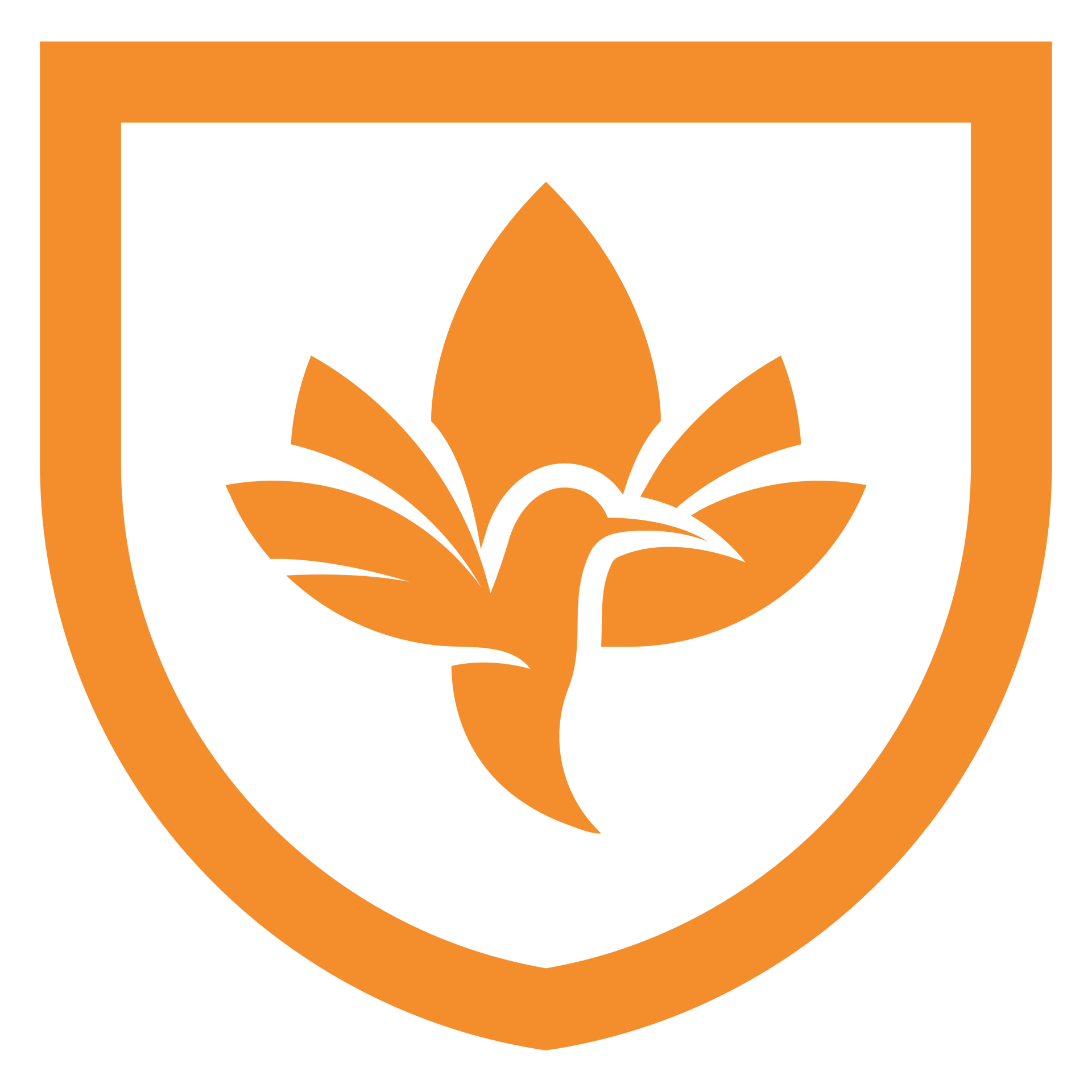
Best LMS Platforms for 2025, A Neutral Guide
Your platform choice affects course quality, completion rates, support workload, and total cost. Start with clear goals, audience size, content format, assessment needs, and required integrations. Match platforms to those needs. Check setup time, admin effort, data ownership, and learner support. This guide stays neutral and includes established options alongside AOS for context. This guide explains what an LMS is and then compares several platforms in clear terms. You will see strengths, typical use cases, and what makes AOS different. An LMS is a learning management system. It is software that hosts courses, videos, readings, quizzes, assignments, and grades. It tracks progress, manages enrollments, and supports certificates, forums, and messaging.
-Moodle
Open source. Large plugin library. Flexible for schools and organizations with technical support on hand.
-Canvas
Cloud first. Clean interface. Widely used in higher education. Strong grading and assignment tools.
-Google Classroom
Simple setup for schools that use Google Workspace. Easy document sharing. Suits K to 12 and basic training.
-LearnWorlds
Built for course businesses. Strong site builder and interactive video tools. Good for selling courses to the public.
-Teachable
Focused on solo creators and small teams. Fast setup of paid courses and bundles. Simple checkout.
-Thinkific
Course sales plus communities and live sessions. Clear templates. Useful for small- to mid-sized academies.
-AOS
Focused on Applied Psychology. High-quality video lessons with clear audio and visuals. Modules include readings, worksheets, and checklists. Built-in affiliate program for learners who want to share courses and earn. Uses an LMS with AI-driven support, ULPI learner profiles, and avatar-delivered lessons. Designed for practical outcomes and mental health awareness.
Key differences:
Hosting and setup:
Moodle can be self-hosted or hosted by a partner. Canvas, LearnWorlds, Teachable, Thinkific, and AOS are cloud hosted. Google Classroom runs inside Google Workspace.
Course building:
LearnWorlds supports interactive videos and transcripts. Teachable and Thinkific focus on fast course setup and sales pages. Canvas and Moodle offer detailed assignment workflows. AOS provides structured modules, AI assistance, and ULPI-based recommendations. Assessment:
Canvas and Moodle offer advanced grading, rubrics, and test banks. Google Classroom handles assignments and quick quizzes. LearnWorlds, Teachable, and Thinkific cover quizzes and certificates for paid courses. AOS uses quizzes, projects, and progress dashboards tied to learner profiles.
Community and interaction:
Thinkific supports communities and live sessions. Canvas and Moodle support forums and group work. Google Classroom uses comments and Meets. LearnWorlds and Teachable include comments and simple communities. AOS offers guided forums, reflection prompts, and mental health-friendly check-ins.
Integrations:
Google Classroom integrates with Google apps. Canvas and Moodle have wide integrations for education tools. LearnWorlds, Teachable, and Thinkific integrate with payment and marketing apps. AOS integrates content creation workflows and AI agents for course support. Support and administration:
Canvas and LearnWorlds provide structured support plans. Teachable and Thinkific have help centers and communities. Moodle support depends on your host. Google Classroom support comes from school admins. AOS includes guided onboarding, content templates, and QA steps for teams.
Pricing approach:
Moodle varies by hosting partner. Canvas uses institution plans. Google Classroom is part of Google Workspace tiers. LearnWorlds, Teachable, and Thinkific use tiered plans with transaction terms. AOS offers clear bundles for students and teams, with course based pricing and membership options.
Where do Udemy and Coursera fit?
Udemy is a marketplace-style LMS. It delivers courses, tracks progress, and gives creators a course builder. Udemy Business adds enterprise features for teams. Control sits with the platform’s ecosystem. Pricing, policies, and branding follow Udemy rules. Coursera is a MOOC platform that partners with universities and companies. It delivers structured programs on its system. Choose a classic LMS when you need full control over data, design, integrations, and cohorts. Choose a marketplace or MOOC when reach and ready-made catalogs matter more than control.
AOS focuses on Applied Psychology. Every course links theory to practice with examples you can use easily. Lessons use studio-quality video and clear audio. Editing is tight. It uses AI integrations to support your study. You get timely prompts, smart recommendations, and quick help inside the LMS. Each module includes substantial resources, including manuals, workbooks, assessments, quizzes, worksheets, activities, and case examples. You track progress in simple dashboards. Your learning path is clear. Starter, Core, and Stretch tracks map to your ULPI profile. AI-driven support and assistance help you choose the next step and stay on pace. Assessments use short projects, quizzes, and clear rubrics. Feedback arrives fast so you know what to improve. You can also join their affiliate program from your account. Share your link and earn on paid enrollments. AOS fits learners who want practical mental skills, leadership habits, and better communication. Teams use AOS when they need applied training with measurable outcomes.
Start your first module by signing up.
Link: https://www.academyofsuccess.com/

Copyright © Academy of Success 2025-2026